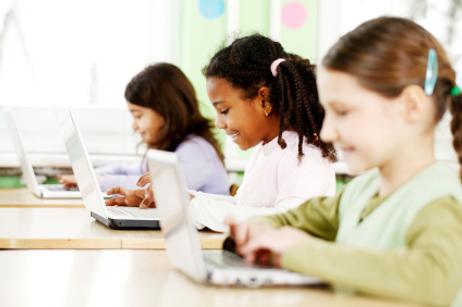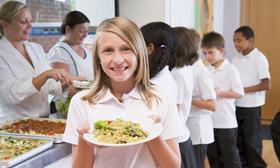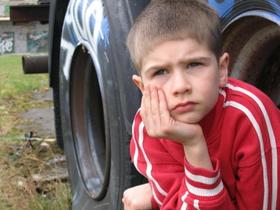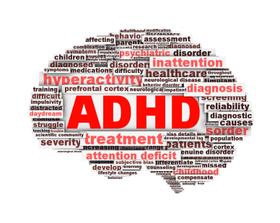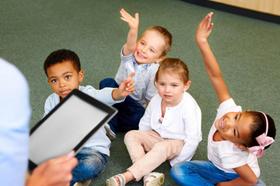Back to school time is right around the corner, and parents are beginning to wonder just how much it will cost them to send their precious children into their new classrooms fully equipped for the upcoming year. A recent survey by ICSC-Goldman Sachs found the average household will spend around $300 on school supplies this fall. While that number may seem like a hefty chunk of chain to cash-strapped parents, the good news is you can trim that budget with these 10 tips for saving big on school supplies.
Check Your Inventory
Before heading out to the stores with your supply list in hand, check your current inventory to see what you might already have in stock. Those leftover, unused pencils from last year, markers that still write like new, and extra folders and spiral notebooks quickly add up when you can shop for them for free from your own stash. Consider keeping all of last year’s school supplies in a single bin to make it easy to see at a glance what you have and what you still need.
This video offers advice on back0to0school shopping.
Start Early
School supply advertisements generally begin a month or two prior to the start of the school year, so keep your eyes open for the deals. By starting early, you have the luxury of shopping every sale as it hits, saving a


